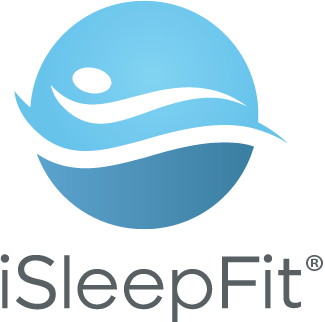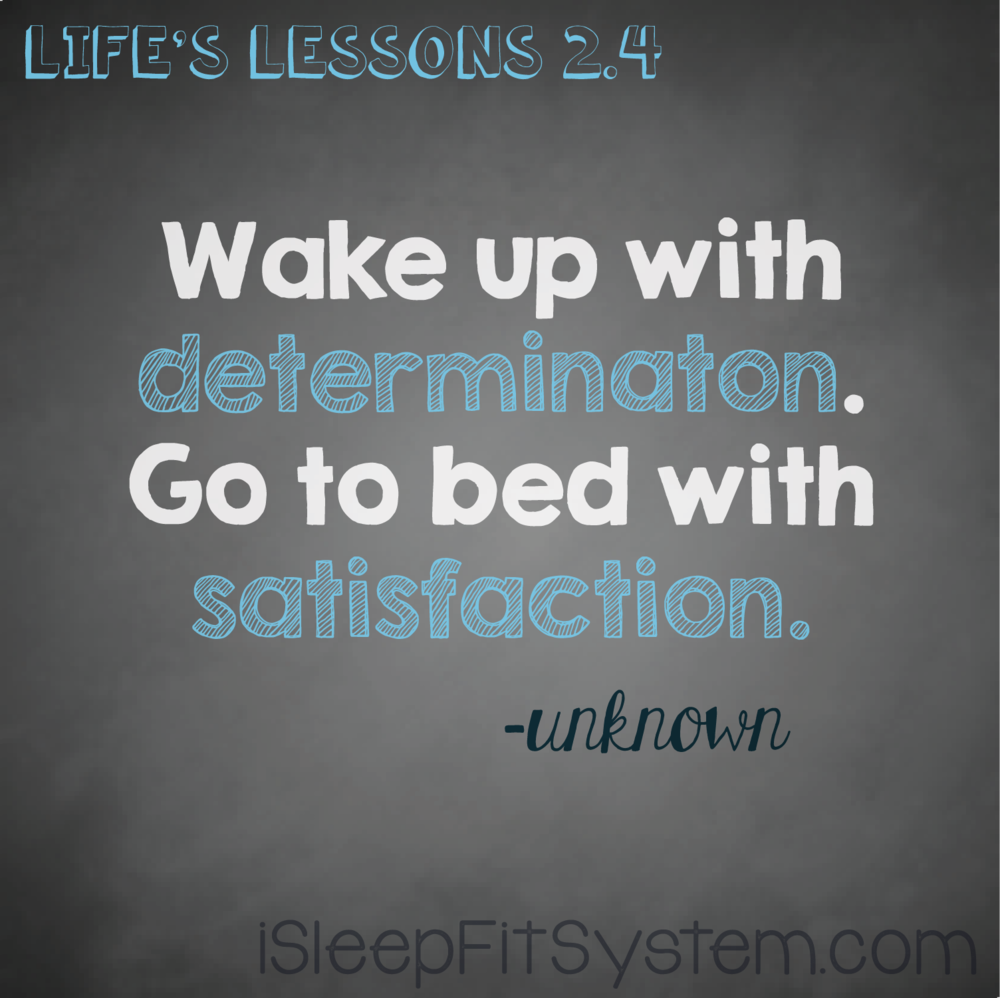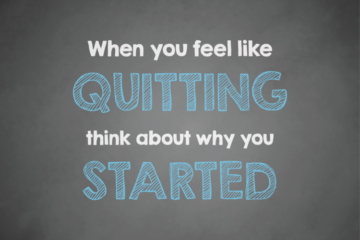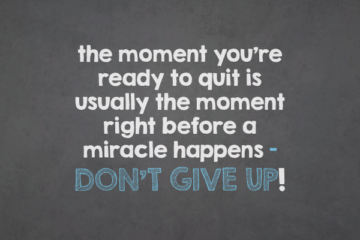The fetal position is the most natural sleep position, one that started in our mother’s womb. However, the nerve pressure caused by contact with mattresses and pillows can create numbness and pain, making it not the most ideal sleep position for grown ups.
The fetal position is the most natural sleep position, one that started in our mother’s womb. However, the nerve pressure caused by contact with mattresses and pillows can create numbness and pain. My “babies”, now grown, were both side sleepers. Once I realized the impact my sleeping position played on my health, we learned their pain issues also were connected to sleep posture.
Brittany often awoke during the night with numbness in her arms. She slept on her side, with her arms under her pillow, creating nerve pressure and restricting blood flow. This tingling sensation disturbed her sleep. As soon as she switched to back sleeping, her symptoms disappeared and she slept through the night.
My other daughter, Breanna, had similar issues, but instead of sleeping on her arms, she would tuck her hands tightly under her chin. This hyperextended position would cause pain in her forearm and wrist, much like carpal tunnel. Relief also came quickly to her when she switched to back sleeping.
Another story reflecting the impact of side sleeping came from a business associate. I was explaining how my invention helps people maintain healthier sleep positions and he stopped me mid-sentence to say, “I was just at my optician’s yesterday and he asked if I slept on my right side. When I asked the doctor how he knew, he told me that my right eye socket was looser than my left.”
It goes to show you if you do something for eight hours, it’s going to have an impact.
Still side sleeping is the most popular sleep position and is recommended by doctors if you are pregnant, snore or suffer from sleep apnea. In my blog, “What’s your healthiest sleep position?” I discuss the pros and cons of back, side and stomach sleeping. Now we’ll take a deep dive into side sleeping.
Side sleeping may be recommended for these health conditions:
- Snoring: Side sleeping prevents your tongue from falling backwards, blocking your airway, which causes snoring.
- Sleep apnea: Side sleeping keeps airway open providing a consistent air supply.
- Pregnancy: Left side is recommended. This relieves pressure on the organs and increases blood flow to the baby.
If you must sleep on your side, consider the following:
- Bend your knees slightly toward your chest, stacking your hips in a straight line.
- Consider placing a pillow between your legs to align the hips and alleviate pressure on your hips and lower back.
- Choose a thicker pillow to occupy the gap between the neck and the shoulder, keeping your head in a neutral position for good alignment.
- If room allows, stretch your arms out in front of you.
Why side sleeping isn’t the ideal position:
- It creates improper alignment of the hips and spine
- Circulation is restricted
- There’s added pressure on the nerves
- Deep breathing is restricted
- Cleavage wrinkles may occur
- Facial wrinkles increase over time
Avoid these issues and consider alternative treatments for your symptoms other than side sleeping:
- For snoring, use a mouth guard to prevent the tongue from falling backward while enjoying the benefits of back sleeping.
- For sleep apnea, back sleeping with the use a Continuous Positive Airway Pressure (CPAP) machine will provide a consistent air supply.
How do I change my sleep position?
Traditionally, pillows were the only option to support the body in a particular sleep position. Unfortunately, when we are asleep, the ease of moving the pillows provides limited success in changing our sleep habits. At iSleepFit™ System, we designed our first product to successfully help maintain your desired sleep position.
The iSleepFit™ Sleep Posture Belt is worn around your torso while you are sleeping. The patent-pending design is a belt with three anti-rolling spheres that adjust to your non-sleeping sides. The spheres act as bumpers to discourage you from rolling over and create mild discomfort, prompting you to your desired sleep position.
Join our email list at iSleepFitSystems.com to get regular updates on healthy sleep and be among the first to hear about our product developments. Thank you for sharing our messages on Facebook, Twitter, Pinterest, Instagram and LinkedIn to help us create a fitness movement for sleep.





Keep this going please, great job!
Incredible points. Solid arguments. Keep up the amazing work. Elwira Lief Knepper